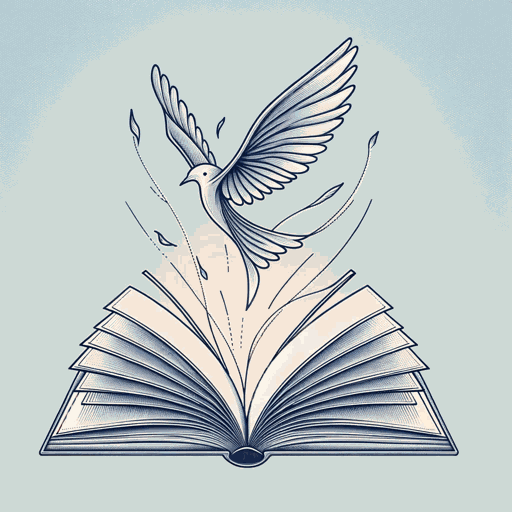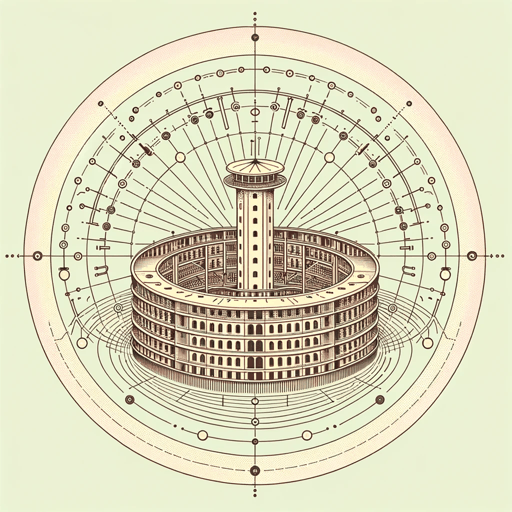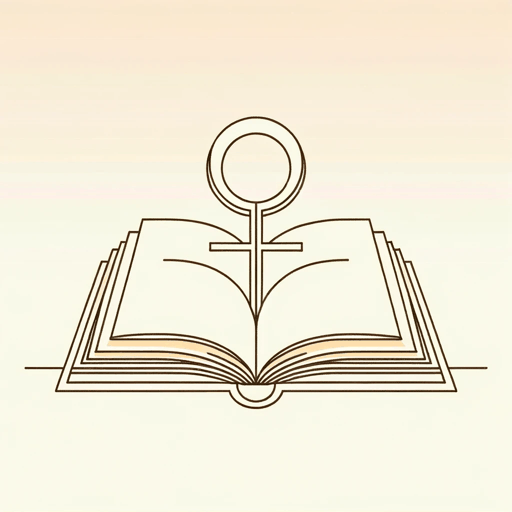60 pages • 2 hours read
Michel FoucaultThe Order of Things: An Archaeology of the Human Sciences
Nonfiction | Book | Adult | Published in 1966A modern alternative to SparkNotes and CliffsNotes, SuperSummary offers high-quality Study Guides with detailed chapter summaries and analysis of major themes, characters, and more.
Chapter 3Chapter Summaries & Analyses
Part 1
Chapter 3 Summary: “Representing”
Chapter 3: “Representing” examines the general episteme of the Classical Age and the mechanisms that allowed it to function. Foucault accomplishes this through a mixture of literary analysis and an examination of early Classical Age thinkers. The chapter is split into six parts.
In part one (“Don Quixote”), Foucault analyzes the 1606-1615 novel Don Quixote by Miguel de Cervantes. Don Quixote is often considered the first modern novel because of its thematic unity and complexity, as well as its skepticism of the power of resemblance. In the novel, Don Quixote is obsessed with tales of chivalric romance and believes he is also a knight. Quixote’s obsession warps the world around him as everything comes to resemble a chivalric tale. Famously, Quixote tries to fight a windmill because he believes it is a giant. Foucault believes that Don Quixote marks the beginning of the Classical Age episteme because it displays a suspicion towards the connection between resemblance and signs.
Related Titles
By Michel Foucault




